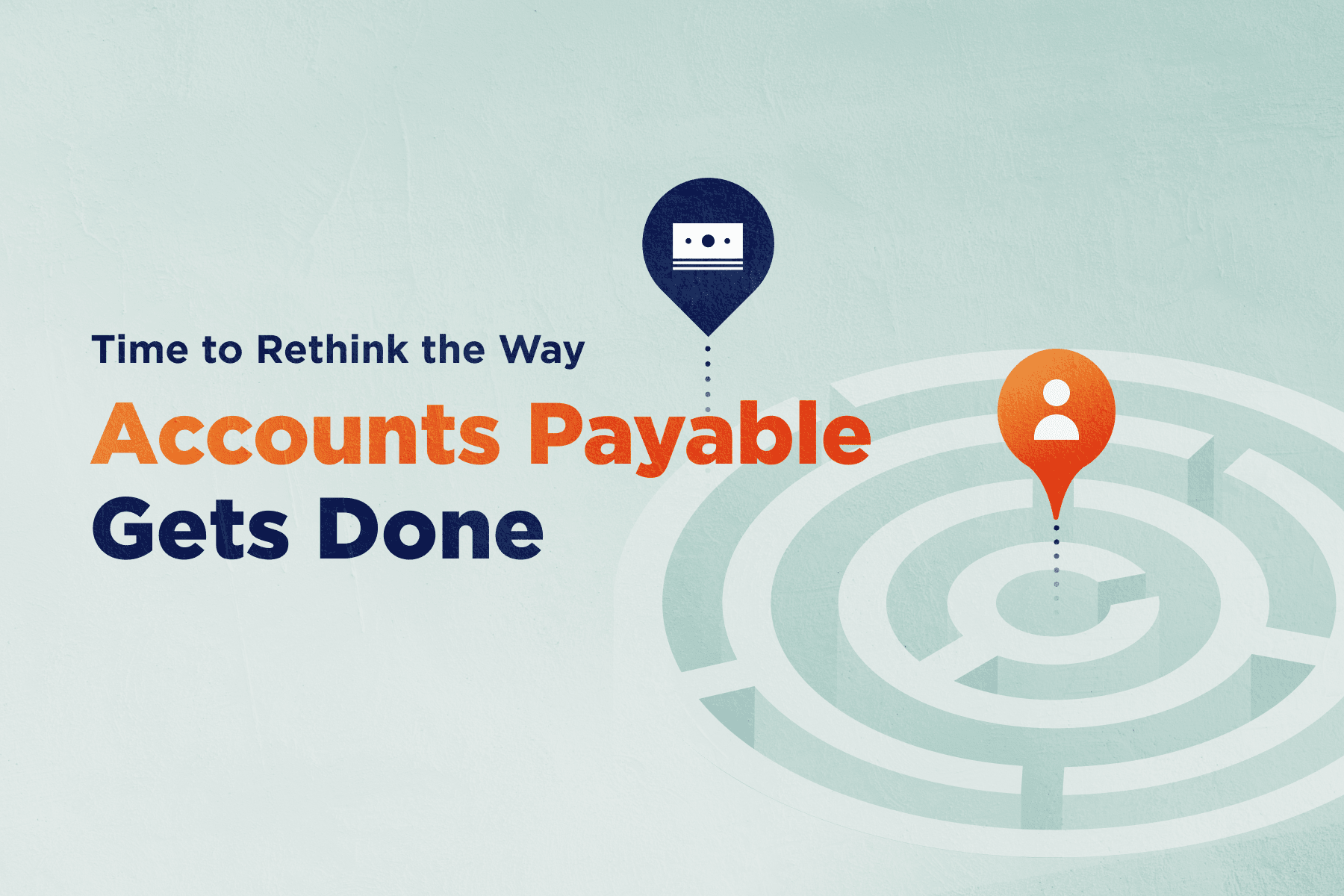Have you ever stopped to think about all the effort that goes into paying a supplier?
Breaking Down the Accounts Payable Process
Long before accounts payable ever gets to making a payment, it must:
- Verify and onboard a supplier
- Collect and store bank account details for payment
- Keep track of invoice approvals
- Chase down information to resolve exceptions
- Deal with currency conversion for global payments
- Print, stuff, and mail paper checks
- Log into multiple bank portals
- Communicate with suppliers about payment statuses
All the while, accounts payable professionals must be mindful of the dozens of business rules, best practices, industry and tax regulations, and auditor guidelines for how suppliers should be paid.
Making matters worse, most of these processes are done manually. For instance, many accounts payable departments rely on spreadsheets for reconciling invoices and payments and for reporting.
If you are exhausted thinking about it all, just imagine performing these tasks every day.
And the process of paying suppliers is getting more onerous.
One-third of accounts payable professionals are working longer hours these days. Eight percent of accounts payable professionals are working an additional two hours per day. Many accounts payable professionals say they would be working even more if their business had not put a stop to overtime.
These longer hours that accounts payable professionals are working is the result of the operational disruption caused by the new reality. Remote working has created new fraud and compliance risks, a spike in supplier inquiries, more late payments, and less visibility, accounts payable leaders say.
Increasingly Complex, Fragmented Payment Processes
It is hard to adapt inefficient, outdated business-to-business processes to the new reality. And the problems only get bigger as a business grows. Businesses with multiple entities have many different systems to integrate, complex processes to try to navigate, and far flung finance teams to manage.
It is no wonder that 19 percent of accounts payable professionals say they are “concerned” about the way their department is operating. Seven percent describe themselves as “overwhelmed” by it all.
Despite years of effort to automate payments to suppliers, only 9 percent of accounts payables departments operate in a fully automated environment, with few or no manual tasks. Conversely, 14 percent of payables departments pay suppliers in a completely manual, paper-based manner.
Much of the cost and complexity of business-to-business payments can be traced to the disconnected systems, processes, and standards that businesses use to make and receive payments. Business-to-business payments can originate at numerous points across the supply chain. Closed loop networks and bilateral integration limit automation.
Payments are an afterthought for some of the business-to-business networks built for accounts payable automation. And managing multiple logins and passwords, account requirements, file formats, and proprietary integrations bogs departments down.
.png?width=1000&height=498&name=Time%20to%20Rethink-Body%20(1).png)
Enabling Frictionless B2B Payments
Businesses cannot afford this type of friction in the Digital Era. That is a big reason that seventy-one percent of accounts payable departments plan to automate their operations further in 2020. Even departments that describe themselves as “largely automated” plan to deploy more technology.
But the last thing accounts payable departments need is another closed loop network or siloed solution. Accounts payable departments need a way to systematically connect with their suppliers through their ERPs and banks to effortlessly share payment data using common rules and standards.
Using an account-to-account (A2A) solution eliminates friction in the accounts-payable lifecycle:
- Electronically received invoices can be approved with a few clicks
- Data on approved invoices is seamlessly uploaded to a buyer’s ERP
- Payments can be made in real-time, with minimal effort and complete buyer control
- Suppliers receive the rich remittance data they need, reducing calls for clarification
- Buyers are notified when payments are made, improving cashflow visibility
- There is no need to collect and store sensitive supplier banking details
- Buyers can be assured that they are paying the right supplier
With an A2A solution, payables departments can finally streamline their operations, while improving cash flow, strengthening supplier relationships, and mitigating risks, no matter where staff work.
Curious about how we can modernize your accounts payable process? Discover more on A2A Automation.




